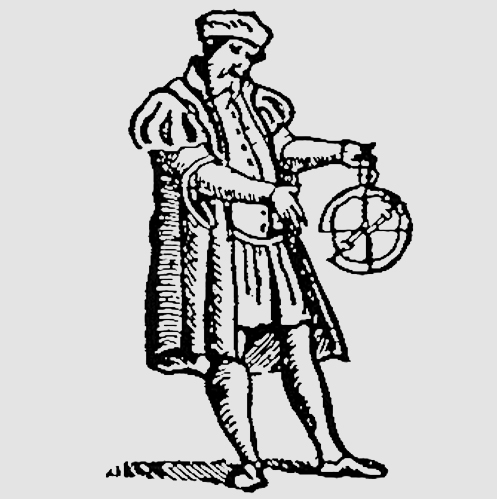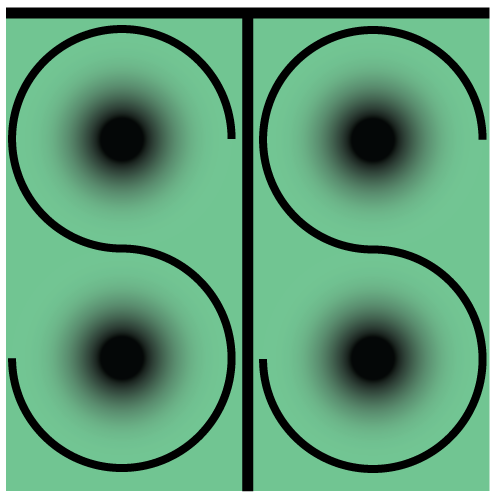Date/Time
Monday
2 May 2011
4:00 pm - 6:00 pm
Location
470 Stephens Hall
Event Type
Brownbag
Marita Huebner
Weisman Postdoctoral Instructor in History of Science, California Institute of Technology
In the decades before 1800, German philosophers claimed that the study of ancient monuments of unknown origin was as important as the study of geological catastrophes and cataclysmic events. They thought scientific exploration might reveal much more than previous historical scholarship had imagined. When travelers’ accounts of the ruins of Persepolis fired their imagination, scholars made new conjectures, pursued Oriental studies, gathered evidence and tried to decipher cuneiform inscriptions. The German philosopher Johann Gottfried Herder (1744-1803) wrote a pamphlet on Persepolis and played a leading role in this movement. In 1789, an unusual explanation of Persepolis was proposed by Samuel Simon Witte (1738-1802), professor of natural law at a provincial university. Witte challenged the new orientalism in a learned geological book that explained the ruins of Persepolis, the Pyramids of Egypt, and other ancient monuments as products of extinct volcanoes. The literary debate that followed Witte’s bold conjecture sheds light on the relative strength of geological vis-à-vis orientalist argumentations. Witte’s work produced distance and skepticism, not so much toward ancient Near Eastern cultures themselves, but toward rival scholars in Germany. In turn, orientalism decreased the distance between classical historians and philosophers, and helped to build a new learned community of Romanticism, marked by Sturm und Drang (storm and stress).
Additional sponsorship comes from: Office for the History of Science and Technology



